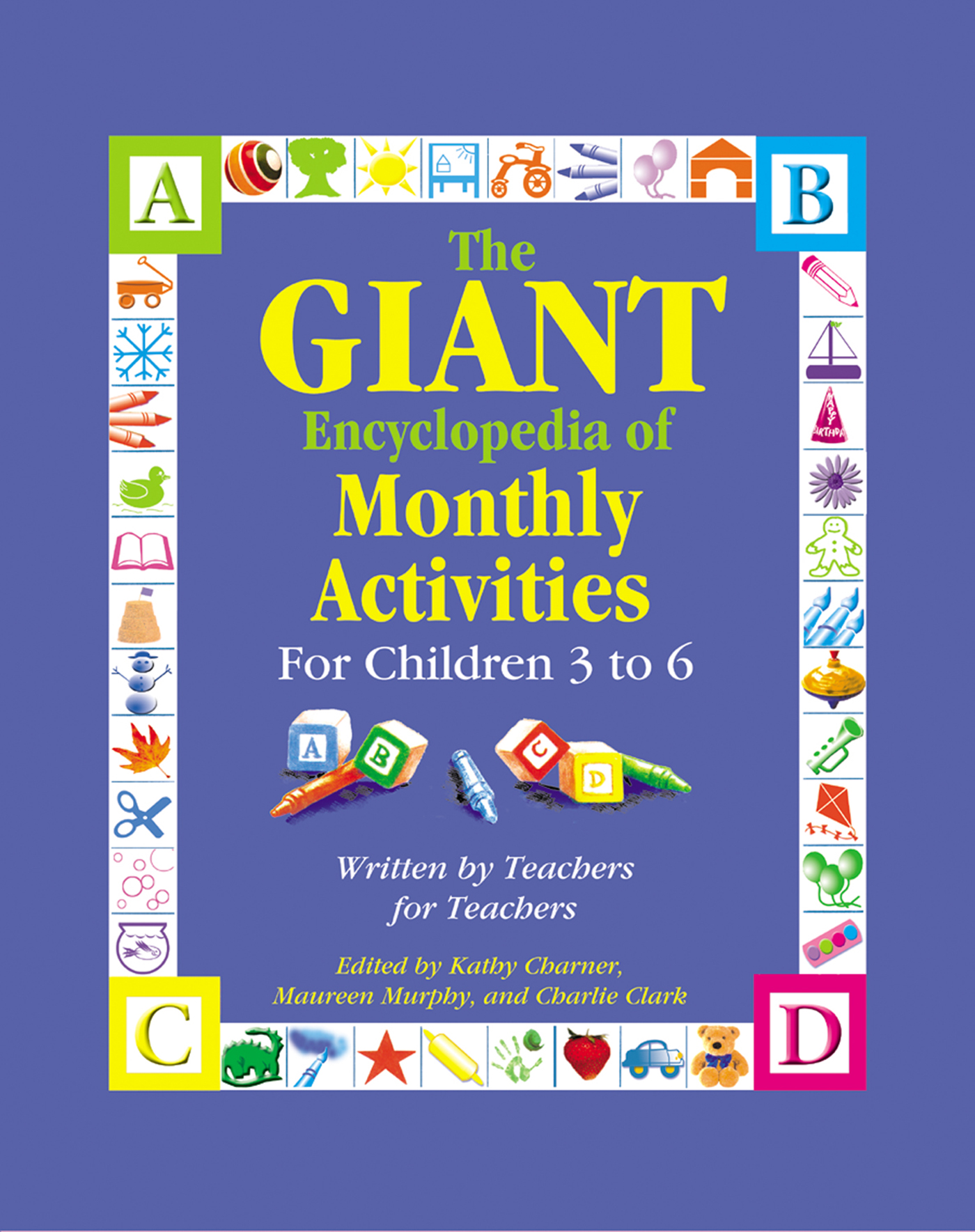Materials
salt
heated water bowl or cup (clear, heat-resistant, and non-breakable) spoon shallow, dark-colored dishes (white crystals show up well against a dark background; black plastic bowls from frozen, entrees are ideal.) magnifiers (large, stationary magnifiers are easier for young children to use than hand-held magnifying glasses) coarse salt (optional: kosher salt or sea salt crystals)Instructions
* Allow several days for this two-part activity. If you prepare the solutions
on a Friday, by Monday crystals will be visibly forming. If the children are
patient, prepare the solution on Monday or Tuesday and check each day
to watch the crystals grow.
1. Make a super-saturated salt solution. In a clear cup or bowl, dissolve salt
in hot water (adult only). Let the children stir and watch the salt
disappear. Keep adding salt until it begins to precipitate (come out of a
liquid solution into a solid form).
2. Pour the solution into one or more shallow, dark bowls. Set aside and
leave undisturbed for several days.
3. As the solution cools the water cannot hold as much solute, so the salt
will slowly settle out, forming crystals as it precipitates. Eventually the
water will evaporate, leaving only salt or sugar behind.
4. Encourage the children to look at the crystals under magnifiers. Ask
them to count their sides and compare their shapes. (Salt crystals will be
squares made of interlocking triangles.) Note how the crystal plates fit
together different ways. Compare them to snowflake crystals seen in
pictures or during a real snowfall.
More to do Outdoors: Go for a walk outside when fresh snow is falling. Catch
snowflakes on dark clothing or a chilled piece of dark paper. Look fast
they lose their structure very quickly. Encourage the children to try to spot
the seven basic kinds of snowflakes: hexagonal plates, stellar crystals,
hexagonal columns, needles, asymmetrical crystals and graupels, or snow
pellets (formed when tiny frozen droplets coat hexagonal plates or stellar
crystals.) A simplified "field guide" to snowflakes is available at
www.snowcrystals.com.
